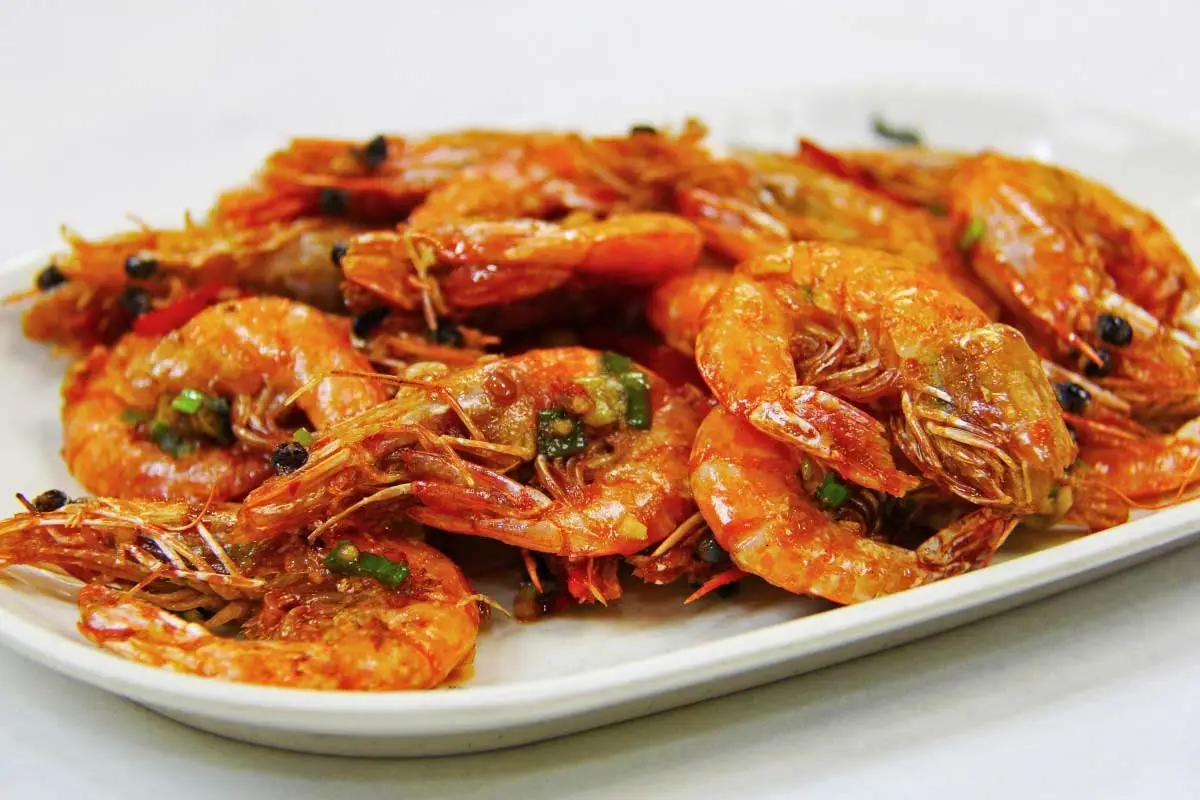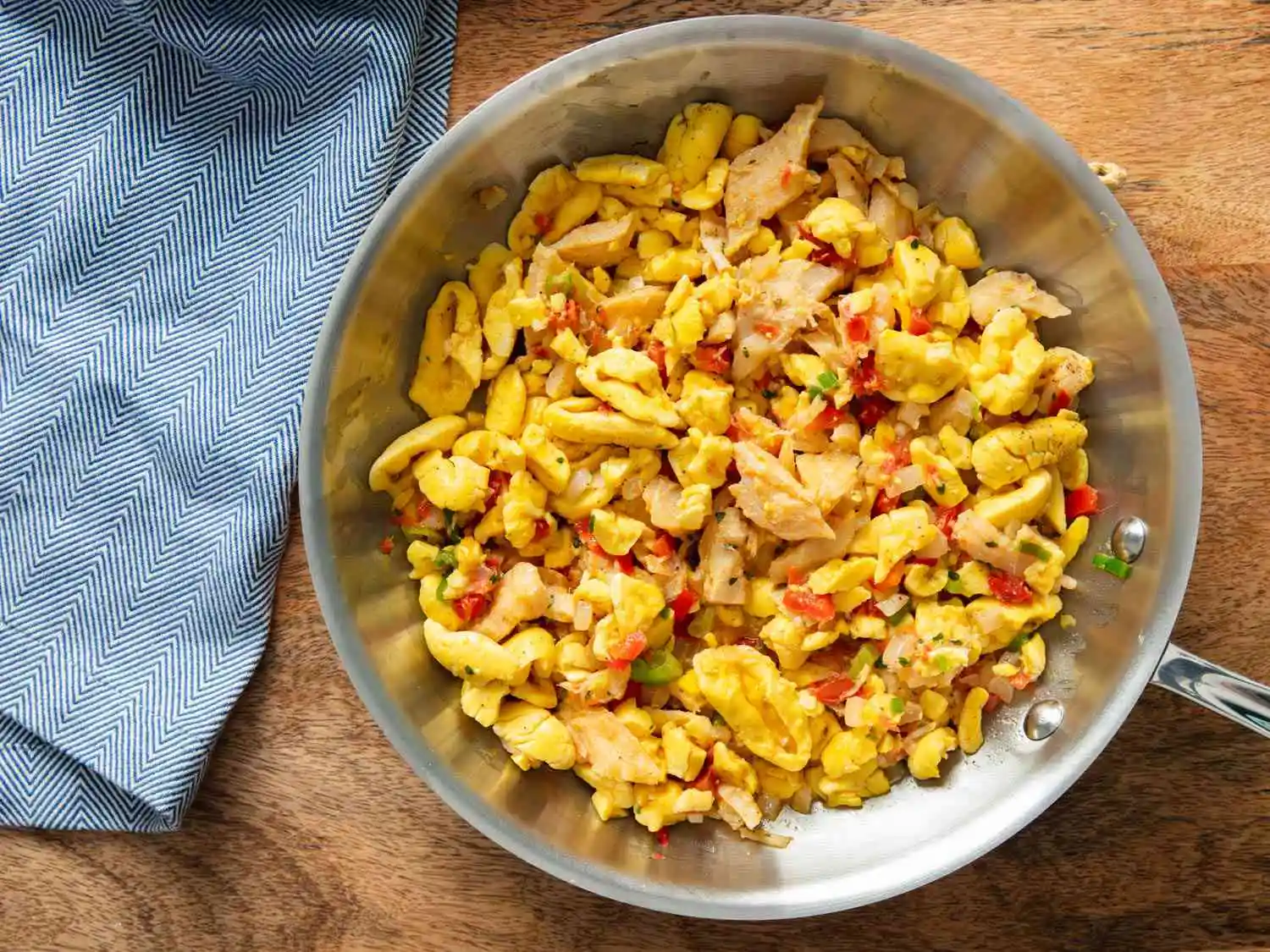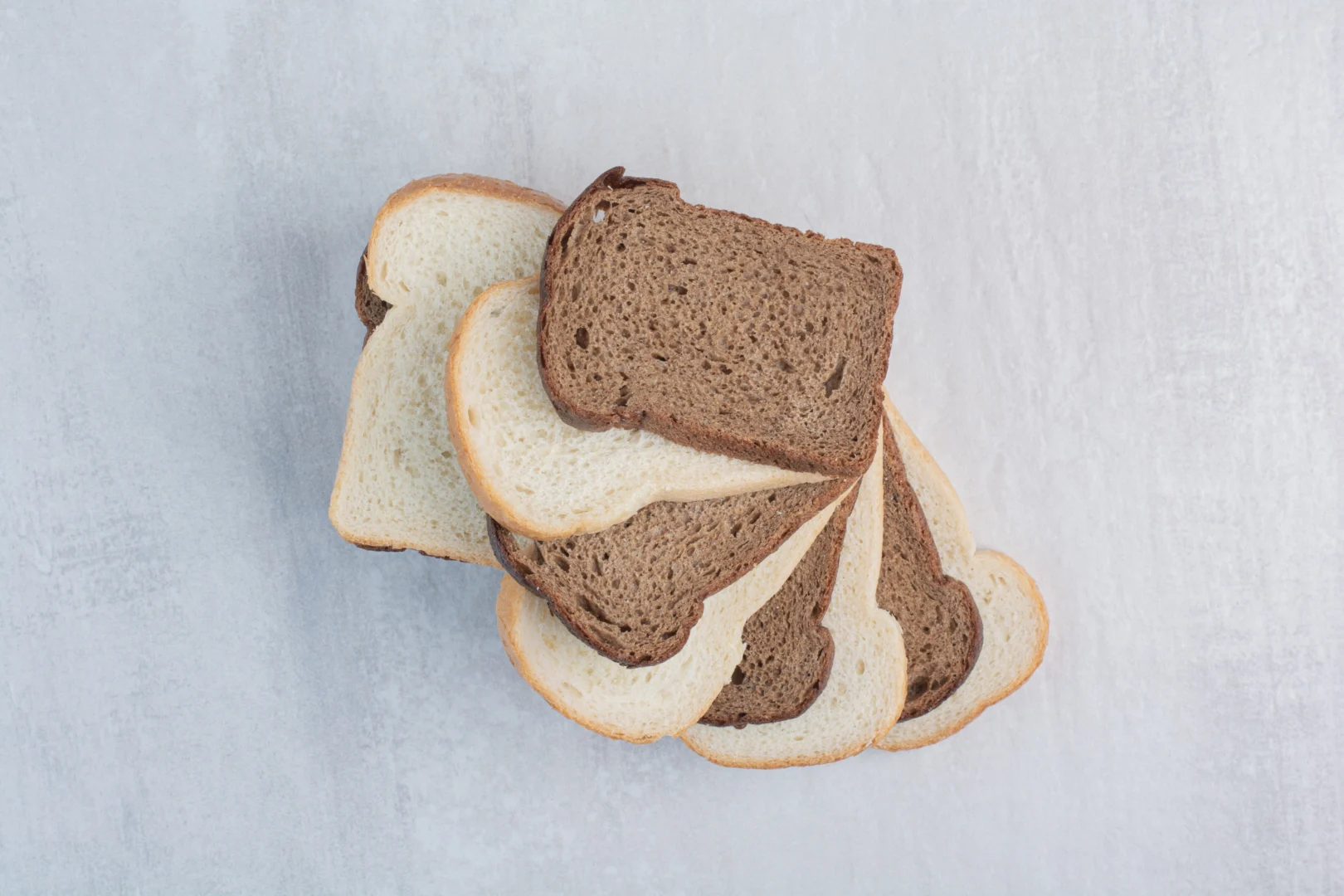How Meal Kits Made Me Gain Weight—and What I’m Doing Instead
Discover why meal kits may cause weight gain despite their convenience, exploring hidden ingredients, psychological effects, and healthier alternatives like batch cooking and fresh groceries for mindful eating and better
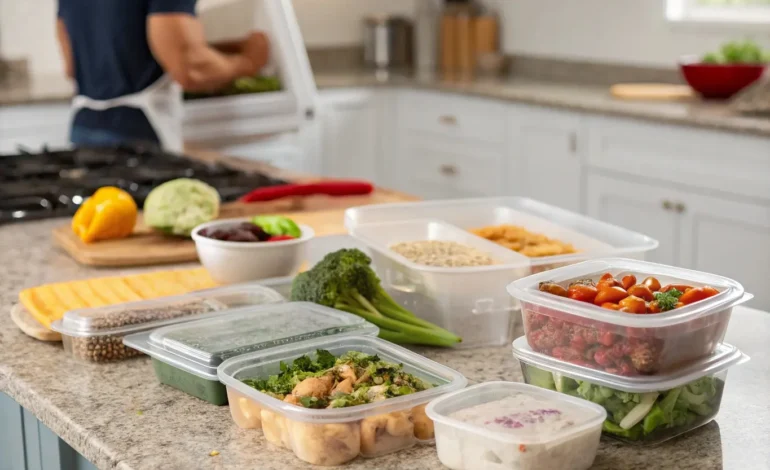
When I first signed up for a home meal delivery service, I thought I had found the perfect solution: convenient, portion-controlled meals that would help me lose weight, save time, and eat healthier. I was busy, tired of grocery store trips, and felt optimistic that these sleek boxes would help me get back on track.
But after a few months, something strange happened—I wasn’t losing weight. In fact, I slowly started to gain weight.
At first, I thought it was me. Was I eating too late? Not exercising enough? Then I started tracking how I felt after each meal. That’s when I noticed something important: I wasn’t full. I didn’t feel satisfied. Even after a full plate, I’d find myself snacking an hour later, reaching for chips, cookies, or extra helpings of whatever was left in the fridge.
It Felt Like Fancy Microwave Food
There was something psychologically off, too. Even though the meals came with “fresh” ingredients, the process felt detached. Most of the sauces were pre-made. The veggies were pre-cut. The meat was vacuum-packed in plastic. It felt like assembling a high-end TV dinner, not cooking a real meal.
And I think that was part of the problem. Because I didn’t prepare it fully, my brain never registered the food as satisfying. It didn’t feel earned. I didn’t smell it simmering or get to engage with it in a hands-on way, like I used to in my own kitchen. It felt like takeout in disguise.
That disconnect made it easier to overeat—because emotionally, I never really “ate.”
What’s Really Inside These Meal Kits?
Looking deeper into the nutrition labels and ingredient lists, I started noticing things that worried me:
- High sodium levels in sauces and spice packets (some meals had 1,000mg+ per serving)
- Added sugars, even in “healthy” meals
- Preservatives and stabilizers to keep ingredients looking fresh during shipping
- Refined oils like canola or soybean oil that I usually avoid in my own cooking
To be fair, not all meal kits are unhealthy—but many sacrifice ingredient quality for shelf stability and flavor intensity, which often means more fat, salt, sugar, and less fiber or freshness than you’d expect.
Does It Make You Lazy? Honestly… Yes
This hit hard: I started relying on the kits so much that I stopped buying basic groceries. I wasn’t learning new skills or expanding my palate—I was assembling parts. Even worse, I told myself I was cooking when really, I wasn’t.
I wasn’t invested in the process. And that made it easier to detach from my food choices, snack more often, and stop being mindful about what I was putting in my body.
Why You Might Gain Weight from Meal Kits
There’s a hidden irony here: meal kits promise to help you eat better and manage portions—but some people (like me) find that they:
- Don’t feel full due to lower fiber, low-volume meals
- Snack more because of psychological hunger
- Consume hidden calories from sauces, oils, and add-ons
- Stop tracking portions, assuming meals are “pre-optimized”
- Disconnect from satiety signals, because you’re not fully preparing the food
Some meals also come in deceptively small containers, leaving you thinking, “This can’t be enough,” which sets you up to snack preemptively.
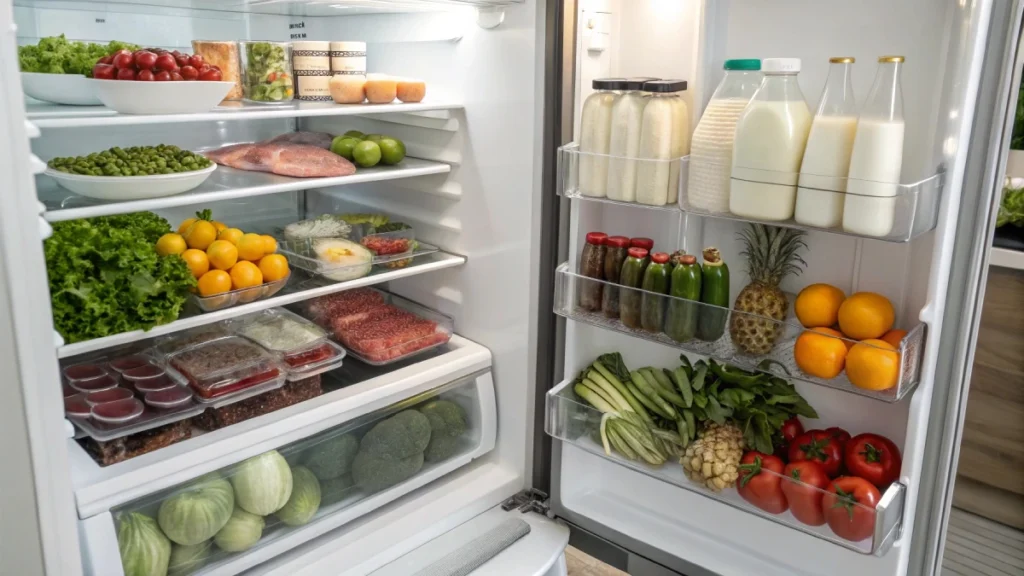
What’s Actually Keeping the Food “Fresh”?
Meal kits rely on logistics magic to keep food cold, but the freshness often feels… stale. Vacuum sealing, gas-flushing, food acidifiers, and chemical washes are all common techniques. Even if they’re not overtly dangerous, they create a product that’s shelf-ready, not truly fresh.
Plus, there’s the excess packaging, the environmental impact, and the fact that many of these ingredients were processed days ago. That’s not the same as buying produce and protein the day of and prepping them yourself.
Better Alternatives I’ve Found
After cutting back on meal kits, I started building smarter systems for myself:
- Batch cooking once a week – I make a big pot of protein (like shredded chicken or lentils), roast veggies, and pre-portion rice or quinoa for quick meals that still feel fresh.
- Shopping around the perimeter of the grocery store – fresh, whole foods with minimal packaging and max nutrition.
- Simple meals – nothing fancy, just sautéed greens, eggs, grilled meats, and real spices. When I cook it, I feel it. I taste it. And I’m more satisfied.
- Meal prep delivery—but for ingredients only – I now use smaller services that deliver just produce and meats, not meals, so I still do the cooking but save time on shopping.
Does Cooking Take More Time? Sure. But It’s Worth It.
Once I got back into the rhythm, I found it doesn’t take as long as I thought. A 20-minute home-cooked meal made with love, attention, and whole ingredients beats a 15-minute salt bomb I didn’t really want.
And the bonus? I started losing the weight I had gained. My snacking slowed down. I felt energized again. Most importantly, I felt in control of my health.
What i walk away with
Meal delivery kits aren’t evil—but they’re not the magical fix they’re often marketed to be. They’re convenient, sure. But for me, they led to weight gain, food detachment, and a sense that I was going through the motions without ever truly feeding myself.
Now, I cook again. Not always perfectly. But with intention. And that’s something no subscription box can deliver.


